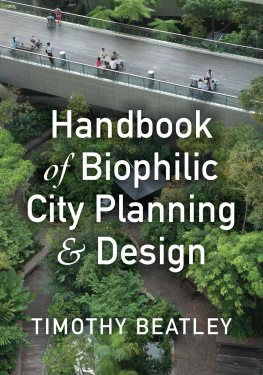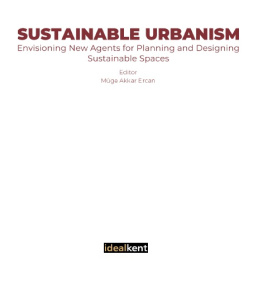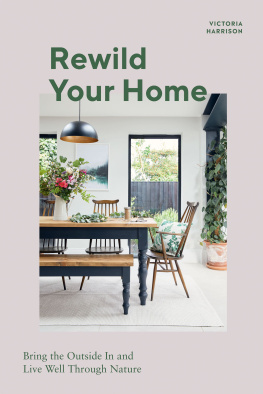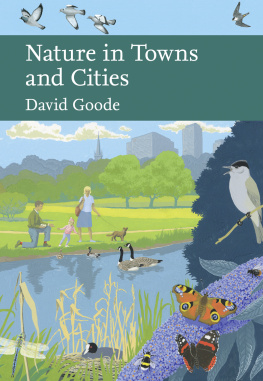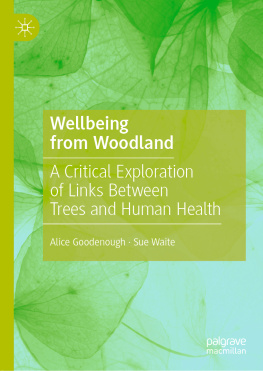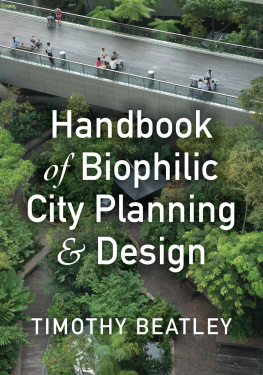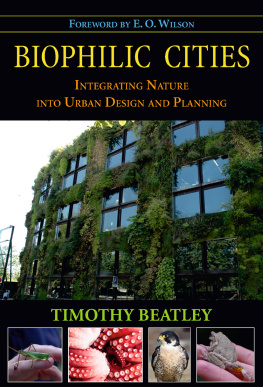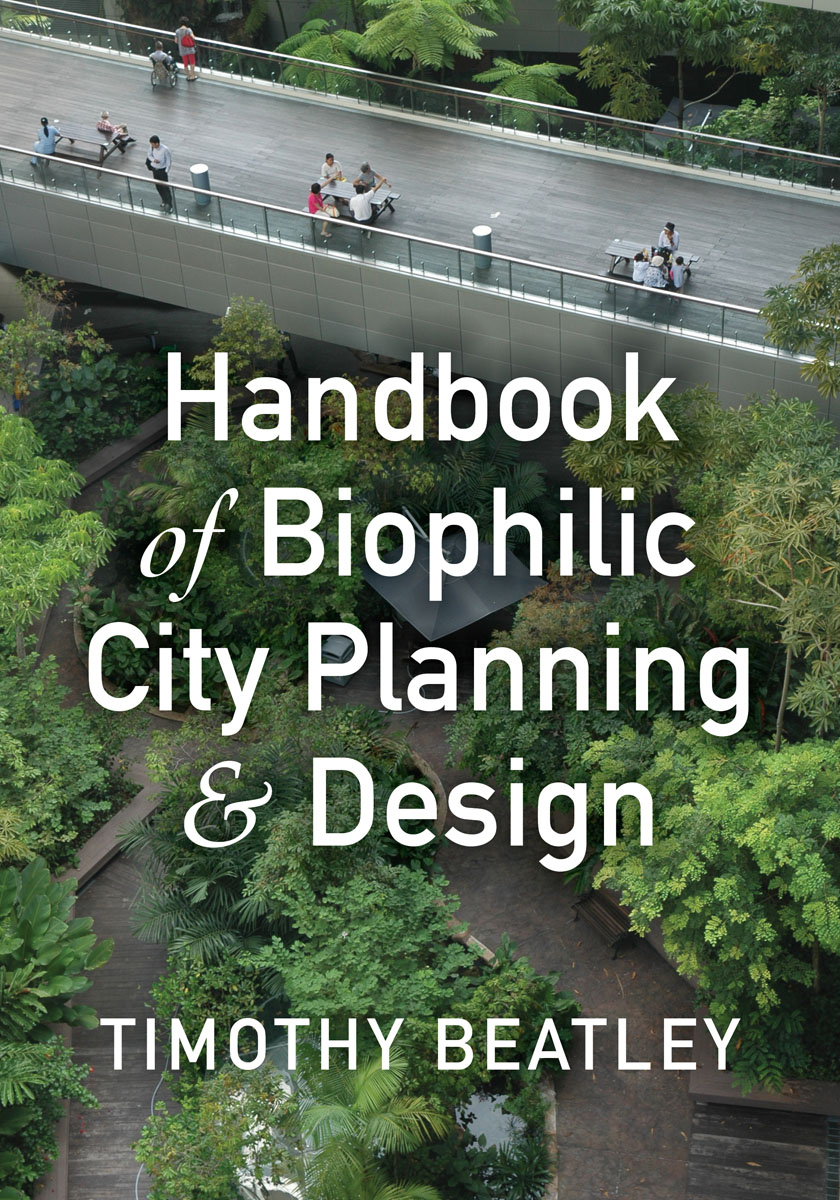
About Island Press
Since 1984, the nonprofit organization Island Press has been stimulating, shaping, and communicating ideas that are essential for solving environmental problems worldwide. With more than 1,000 titles in print and some 30 new releases each year, we are the nations leading publisher on environmental issues. We identify innovative thinkers and emerging trends in the environmental field. We work with world-renowned experts and authors to develop cross-disciplinary solutions to environmental challenges.
Island Press designs and executes educational campaigns in conjunction with our authors to communicate their critical messages in print, in person, and online using the latest technologies, innovative programs, and the media. Our goal is to reach targeted audiencesscientists, policymakers, environmental advocates, urban planners, the media, and concerned citizenswith information that can be used to create the framework for long-term ecological health and human well-being.
Island Press gratefully acknowledges major support of our work by The Agua Fund, The Andrew W. Mellon Foundation, The Bobolink Foundation, The Curtis and Edith Munson Foundation, Forrest C. and Frances H. Lattner Foundation, The JPB Foundation, The Kresge Foundation, The Oram Foundation, Inc., The Overbrook Foundation, The S.D. Bechtel, Jr. Foundation, The Summit Charitable Foundation, Inc., and many other generous supporters.
The opinions expressed in this book are those of the author(s) and do not necessarily reflect the views of our supporters.

Island Press mission is to provide the best ideas and information to those seeking to understand and protect the environment and create solutions to its complex problems. Join our newsletter to get the latest news on authors, events, and free book giveaways. Click here to join now!

Copyright 2016 Timothy Beatley
All rights reserved under International and Pan-American Copyright Conventions. No part of this book may be reproduced in any form or by any means without permission in writing from the publisher: Island Press, 2000 M Street, NW, Suite 650, Washington, DC 20036
ISLAND PRESS is a trademark of the Center for Resource Economics.
Library of Congress Control Number: 2016938091
Printed on recycled, acid-free paper 
Manufactured in the United States of America
10 9 8 7 6 5 4 3 2 1
Keywords: Biodiversity, Biophilia, Biophilic Cities Network, bird-safe buildings, Birmingham (United Kingdom), carbon footprint, climate change, ecosystem, garden, greenbelt, green infrastructure, Green Streets Initiative, health, Intertwine, Khoo Teck Puat Hospital, Milwaukee, nature, nature center, Oslo, park, parklet, Portland, resilience, restoration, San Francisco, Singapore, Stephen Kellert, Sutton Park, urban ecology, vertical garden, Vitoria-Gastiez (Spain), watershed, Wellington (New Zealand), Zealandia
To Anneke, Caro, and Jadie
Contents
List of Case Studies
Preface
This handbook is about the power of nature to create better, more livable, sustainable, and resilient urban neighborhoods and environments.
It is intended to be useful in several ways. First, it provides a comprehensive guide to biophilic urbanism and urban practice, with a wealth of information about how cities can integrate nature into their planning and design processes and projects.
Second, it offers inspiration for how cities of the future might look, feel, and function. As we move into the urban age, we are desperately in need of new models, examples, and frames of reference for the relationship between urban and natural environments. This book also provides more than a modicum of hope in an age where climate change and global environmental degradation cause concern about the future of human and nonhuman life on Earth. While the tools, ideas, strategies, and emerging urban practices reported in these pages do not represent a complete antidote to these global challengesindeed, what book could?they are a considerable step in the right direction.
This book synthesizes and expands on the research conducted by the Biophilic Cities Project at the University of Virginia. Begun in 2011, the Project sought to apply the ideas, principles, and practices of the emerging biophilic design movement to the larger scale of cities and metropolitan areas. Focused initially on seven partner cities within the United States and around the world (later expanded to ten cities included in the 2013 Biophilic Cities exhibition and launch event), researchers, practitioners, and politicians collaborated to develop ideas about what a biophilic city is and what it could be in the future.
Much of the work in the initial years of the project focused on fleshing out the concept of biophilic urbanism, and telling the stories of cities leading the way. In October 2013, the Project expanded with the launch of a global Biophilic Cities Network, which is intended to help foster a common agenda and a mechanism for sharing insights and collaborating across cultures and geographic boundaries to reimagine a planet of cities that not only value and respect nature but also make it a centerpiece of future design and planning.
Building from the Biophilic Cities Networks efforts, this handbook is intended to advance and solidify some of these nascent ways of understanding and speaking about nature in cities. While we continue to understand and embrace the value of concepts and languagelike sustainable cities, resilient cities, regenerative citieswe believe the emphasis on biophilic cities is a useful and necessary addition.
Why? Dont we already speak compellingly of green cities and green infrastructure? Yes, but those descriptors fall short in significant ways. Greening cities is more often understood in terms of the many ways that buildings and neighborhoods can reduce energy consumption and lower ecological footprints. These are important goals, but they dont tell us much about the kinds of neighborhoods, communities, and cities we wish to live in, and they understand nature as only one of many green design and planning arrows in the quiver.
Biophilic, in its emphasis on both the natural world and living things (bio) and the connections with and love of nature (philia), captures more squarely what cities and city planning and design need today. We need something more than nature that serves as infrastructurewe need to speak compellingly and passionately about the need to nurture, protect, care for, and connect with nature. We need to connect with nature for our health and well-being, as scientific evidence increasingly tells us, and biophilic cities captures this importance of urban nature in a way that other contemporary words or language cannot.
What follows are many stories and examples of emerging practice. presents reflections and lessons about how to advance urban biophilia and biophilic cities. The book closes with a bibliography and an extensive list of resources, including leading books and online resources.
Together the chapters provide a comprehensive understanding of both the theory and the practice of biophilic cities. It is a practical mix of ideas and principles, current urban practice, and future aspirations. The reader will see that much has already been done, or is under way, in cities around the world.
Next page
